A ‘C-List’ of Top-Notch Plants
Plus Garden To-Do’s for June
By L.A. Jackson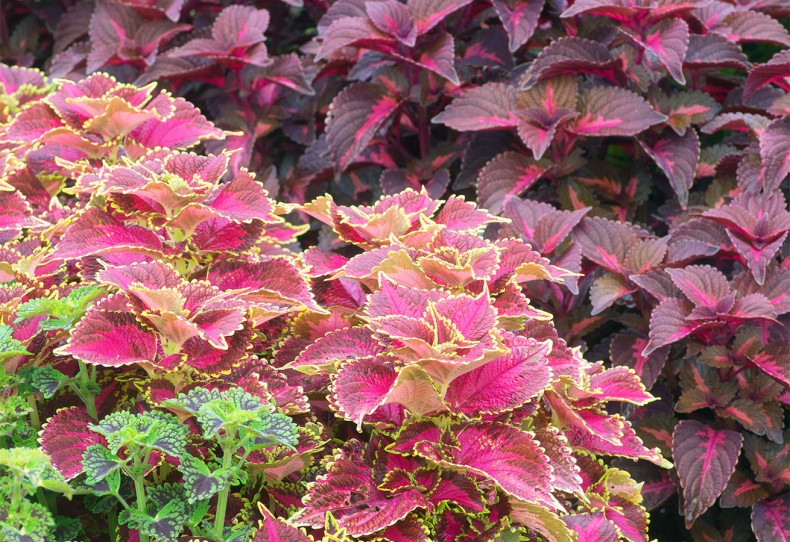
Add some brighter hues to your otherwise green garden with the multi-toned sun coleus.
Summer landscapes have a habit of slumbering the hot months away in underwhelming waves of green, but there are many fancy plants adorned with foliage in other colors that can break up this monochrome monotony. I could pull suggestions from my “A List” of such sassy plants, and maybe even a few second-stringers on my B List, but since this is Carolina Country, instead I’ll just have fun conjuring up a C List — colorful plants that begin with the letter … well, you know where this is going.
Coleus
While dainty, pastel-shaded coleuses have been around for some time, a new breed of so-called “sun coleuses” have started crashing the garden party with a dazzling array of all hues except blue splattered, sprayed and splotched on the foliage of 1- to 3-foot annual plants, making them perfect additions to perk up an ornamental border or container setting.
Canna
Grown from rhizomes, this popular perennial has long been favored for its flowers, but newer introductions, such as “Tropicana,” with striped leaves screaming in streaks of yellows, oranges and greens, and “Australia,” which smolders in a dusky, burgundy-black cloud, now steal the show with their strong foliage statements from spring until fall.
Caladium
This colorful plant is a steady performer in lightly shaded areas, sporting arrow-shaped leaves that light up landscapes with splashes of white, pink, green, red and cream. Although caladiums are often treated as annuals in our state, their tubers can be dug up in the early fall and stored for the winter.
Colocasia
Also known as “elephant ears,” this dramatic, large‑leaf perennial is usually seen in shades of green, but some newer introductions have leaves deeply dipped in the dark side. In particular, the spell-binding “Black Magic” and shimmering “Black Coral” are cultivars worth searching for either locally or online. This tuberous plant often adorns water gardens and large container plantings.
Copper Plant
A popular houseplant, copper plant is often seen for sale at big box garden centers and, for visual pleasure, on sunny decks and patios outdoors during the summer. The typical copper plant is a merry mottle of deep reds, striking coppers (of course) and strong pinks. There are newer cultivars that offer refined blends of green heavily dusted with white or light yellow, but since I prefer rowdy looks, the good ol’ easy‑to-find original works best for me.
Garden To-Do’s for June
- Thinking about adding a fig tree to your edible garden? Plant it in full sun and keep in mind a young fig tree naturally takes a few years to swing into full fruit production, so don’t overfertilize trying to rush it to maturity. Since fig trees are sensitive to drought, mulch and water during extended dry spells. “Brown Turkey” and “Celeste” are winter-hardy figs typically grown in North Carolina. They can reach 15 feet-plus tall and wide, so, to prevent established figs from becoming beasts in the garden, prune about a quarter of their growth every few years in late winter, cutting back limbs to leaf or branch joints.
- Just couldn’t part with your poinsettia last Christmas? Give it a vacation outdoors in a semi-shady spot, and, for a fuller more compact plant, prune each branch back now, leaving three to five leaves on each stem.
- Flea beetles love hot weather just about as much as they adore eggplants, so start watching for damage from these pinhead-size pests, which looks like a shotgun blast of tiny holes in the leaves.
- Okra is a tough, drought-tolerant veggie, meaning babying it with water, water, and more water will encourage lush foliage, but at the expense of a proper crop of pods. So, what would be ideal irrigation? A single, deep soaking every week to ten days when the rains don’t come.
-
More June gardening inspiration
-
Share this story:

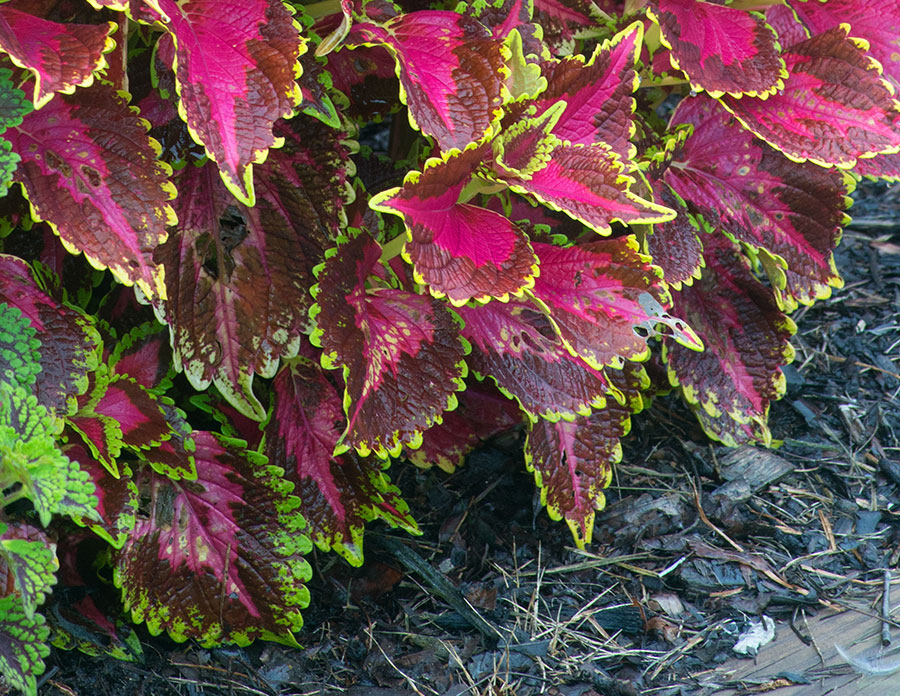
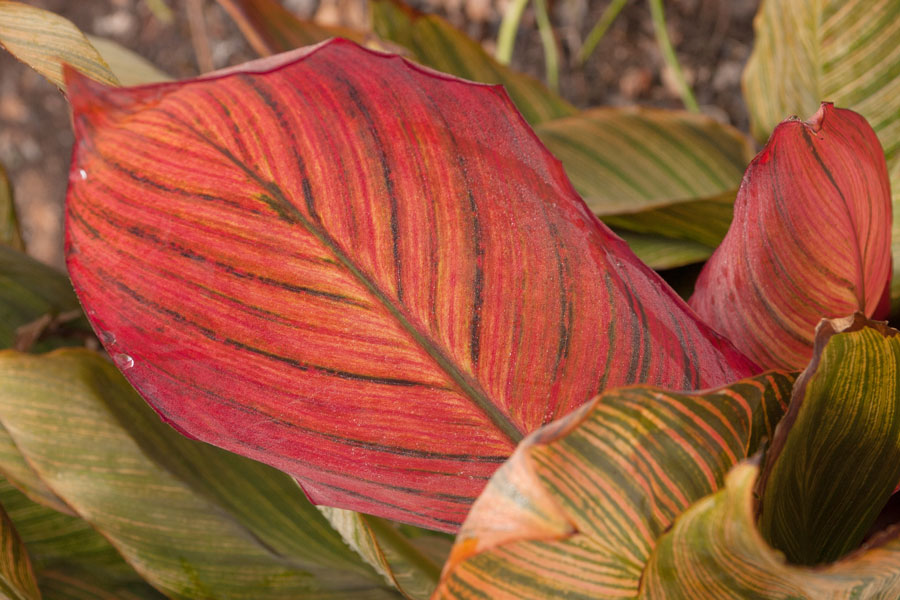
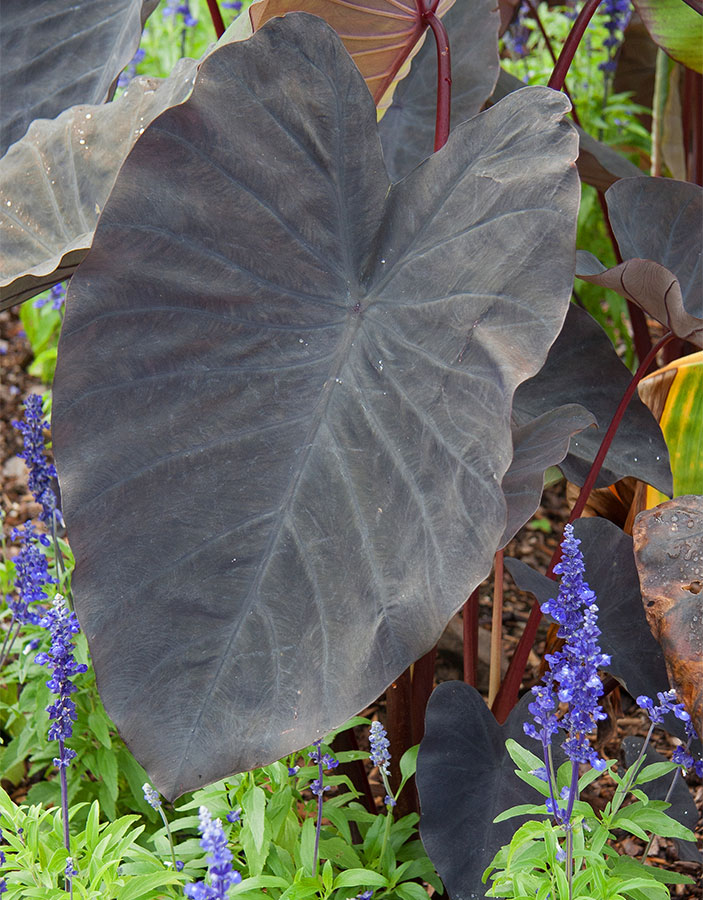
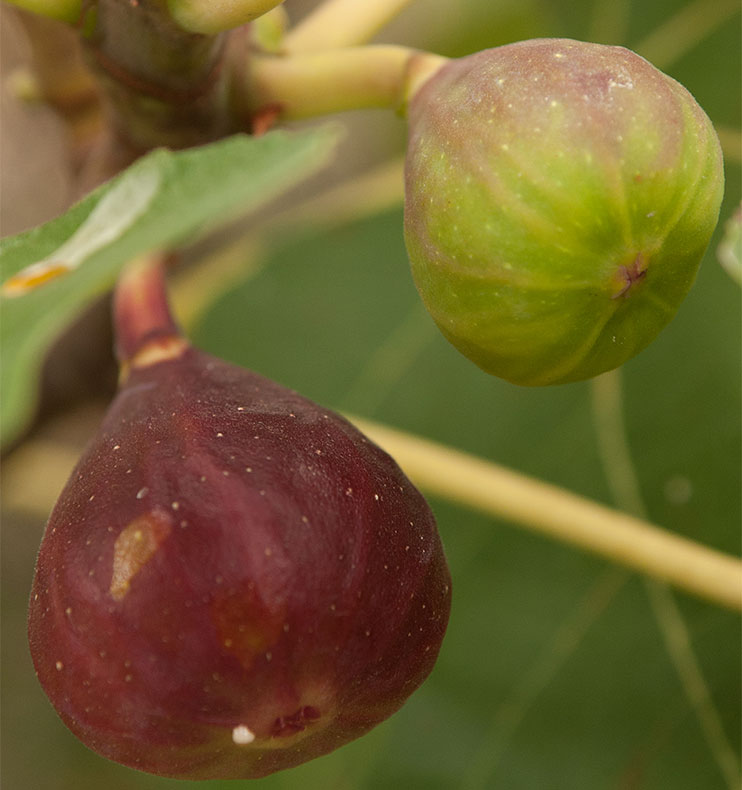
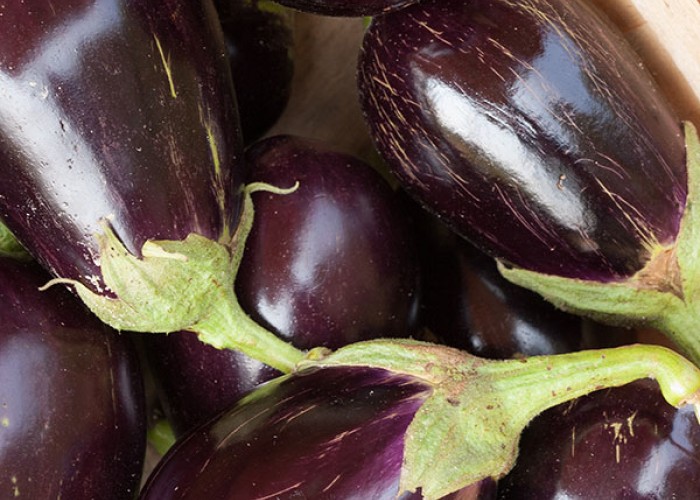
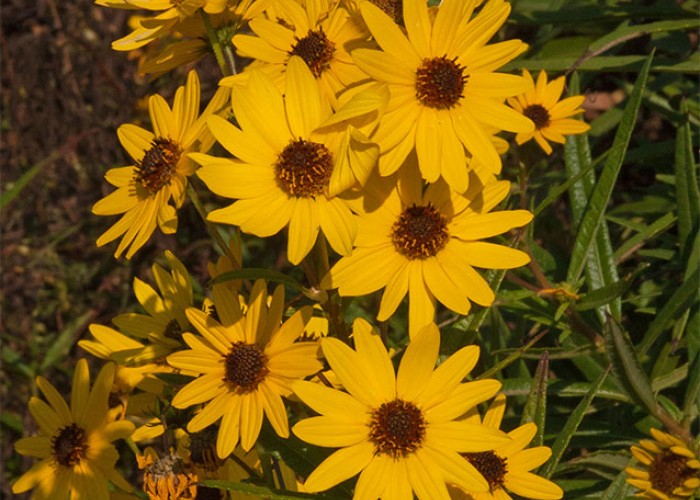
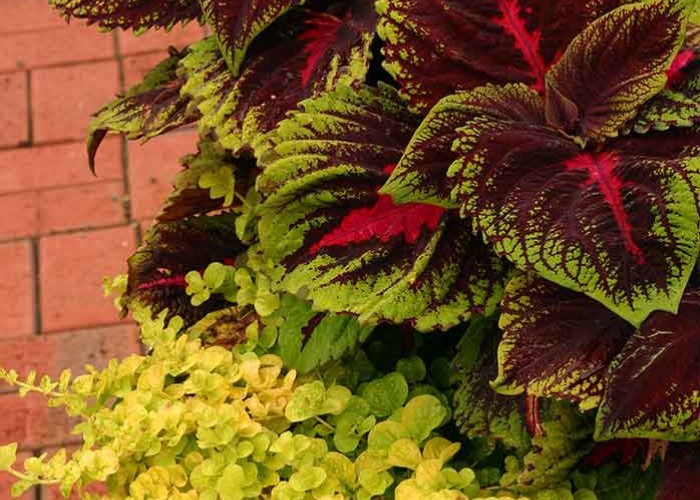

Comments (2)
MARY PRISCILLA CLAY |
June 14, 2020 |
reply
Rick Yehson |
December 30, 2020 |
reply